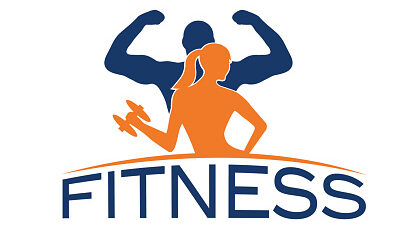The importance of youth fitness activities
In an era dominated by screens and sedentary lifestyles, the need for youth fitness activities has never been more crucial. The well-being of the younger generation is at stake, with rising concerns about obesity, mental health issues, and overall physical fitness. Engaging in regular fitness activities during the formative not only sets the foundation for a healthy lifestyle but also instills discipline confidence, and resilience in the youth.
With the prevalence of smartphones, video games, and the allure of binge-watching TV series, today’s youth faces a significant in maintain an active lifestyle. Sedentary contributes to a myriad of health issues, including obesity, cardiovascular problems, and diabetes. It is important for youth to have a fitness routine to prevent such health risks.
Benefits of being fit.
Physical health benefits:
Youth fitness activities play a pivotal role in enhancing physical health. Regular exercise helps build strong bones and muscles, improves cardiovascular health, and boosts overall immunity. Engaging in sports, running, or even yoga promotes flexibility, balance, and coordination. These activities not only counteract the effects of a sedentary lifestyle but also establish a strong foundation for a lifetime of good health. Charity groups such as the childrens charity bucks and gold dofe help in creating awareness for youth encouraging them to exercise and adopt healthy lifestyles.
Mental well-being:
Beyond the physical benefits, youth fitness activities have a profound impact on mental health. Exercise releases endorphins, that reduce stress, depression, and anxiety. It provides a healthy outlet for emotional expression and teaches valuable coping mechanisms for the challenges of adolescence. Additionally, group activities foster a sense of camaraderie and teamwork, promoting social skills and emotional intelligence.
Building confidence and discipline:
Participation in youth fitness instills discipline and cultivates a strong work ethic. Whether it’s adhering to a training schedule, following the rules of the game, or pushing one’s limits in a workout, these activities teach valuable life skills. Parents and communities should organize outdoor adventure for primary schools like; bicycle cycling, and camping are enjoyable forms of exercise. Achieving fitness goals, no matter how small, boosts self-esteem and confidence, empowering the youth to face life’s challenges with resilience and determination.
Creating lifelong habits:
Youth fitness activities are not just a short-term solution, rather, they lay the groundwork for lifelong habits. Introducing children and teenagers to enjoyable forms of exercise fosters a positive attitude towards physical activity. As they grow older, these individuals are more likely to continue prioritizing their health, making informed choices about nutrition, and staying physically active.
The role of education and community:
To promote youth fitness, it is essential to integrate physical education into school curriculums and create community programs that encourage participation. charity partnerships organized by the community or school can offer a diverse range of sports and activities, allowing students to discover their interests and talents. Local communities can organize events, sports leagues, and fitness challenges to make physical activity an integral part of the youth culture.
Conclusion
Youth fitness activities are not merely a luxury; they are a necessity in the modern world. The health and well-being of the younger generation depend on cultivating a love for physical activity from an early age. By embracing and promoting youth fitness, we invest in a healthier, more resilient, and happier future. Empowering the youth with the tools: they need to lead active and fulfilling lives is a collective responsibility that pays dividends for generations to come.



